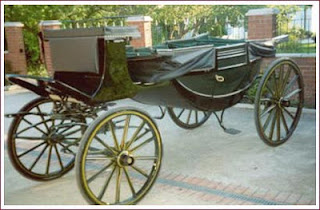Hi everyone
I just wanted to say how sad I was to hear about Penny's death. I didn't know her well but I loved her books and she was pleasant to talk to at various events where we met. I recently bought her new book as Annie Groves and am looking forward to reading it. She will be sadly missed.
As far as my own writing goes I have a Regency trilogy coming out in quick succession starting with the Disappearing Duchess next month. I hope my readers will enjoy them. There are also two Regencies in a double edition that comes out shortly - so a lot of my books about this year.
Don't really want to say more today. Life is so unpredictable and I was shocked at the news. I think one thing is certain, Penny was very much loved by readers and friends alike. May she rest in peace.
Love to all of you.
Anne Herries, Linda Sole
 In Cornwall, past and present are very much intertwined. This milestone and very ancient Cornish cross mark the junction at the small hamlet of Crows-an-Wra, Cornish for Witch’s Cross. Behind the cross is a chapel - now converted into a home. The small graveyard just beyond the back garden contains perhaps a dozen graves neatly laid out amid the grass. The road beside it leads up to Chapel Carn Brea, the most westerly hill in Cornwall.
In Cornwall, past and present are very much intertwined. This milestone and very ancient Cornish cross mark the junction at the small hamlet of Crows-an-Wra, Cornish for Witch’s Cross. Behind the cross is a chapel - now converted into a home. The small graveyard just beyond the back garden contains perhaps a dozen graves neatly laid out amid the grass. The road beside it leads up to Chapel Carn Brea, the most westerly hill in Cornwall.This plaque in the car park beside the gate leading up to the top of the hill tells the history of the cairn and the burial monuments. At the top of the hill on 21st June a bonfire is lit - the first of a chain of bonfires stretching right across Cornwall - to celebrate the summer solstice.
Across the road from the car park a track leads across gorse and heather moorland to the holy well a short distance from the Iron Age village of Carn Euny.
Mothers used to bring their children to be dipped in the water which was said to have healing powers. People still come - the equinoxes and solstices are favourite times - to touch the water, leave an offering on the tree or tucked between the mossy stones of the well, and make a wish for the year ahead. The tree is festooned with ribbon, crystals, bits of cloth, keyrings: in fact whatever people have on them and feel inspired to leave, perhaps hoping to return, maybe moved by the evidence of so many wishes made over so many years. Many of the offerings tied to its branches are covered with lichen and barely distinguishable from the tree itself. A special place with a powerful atmosphere it's not easy to reach, but well worth the effort.
Jane Jackson.



















